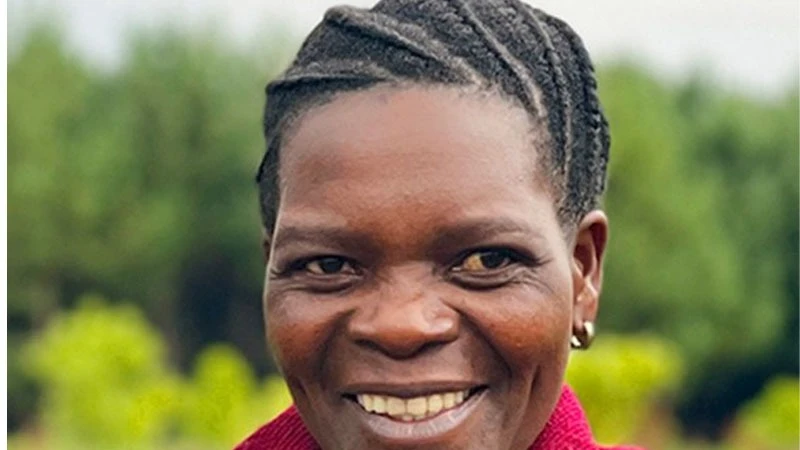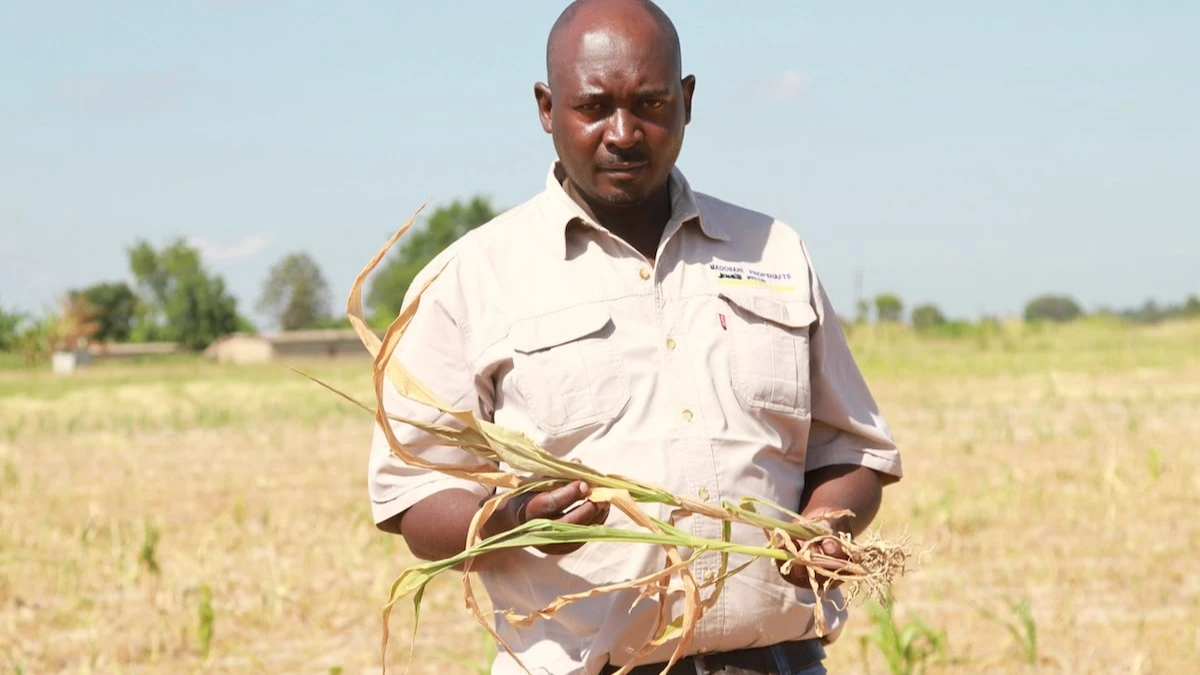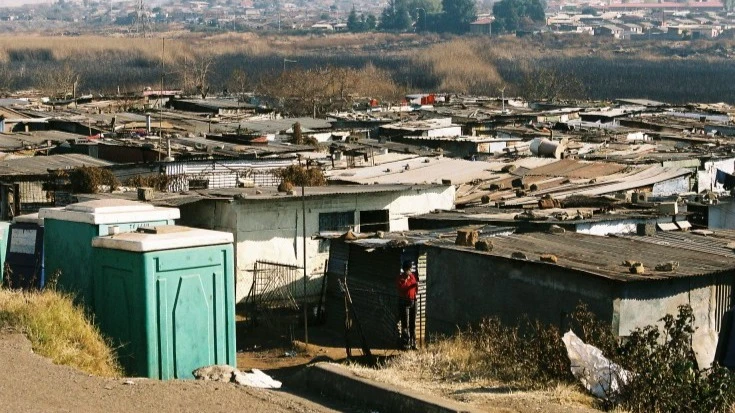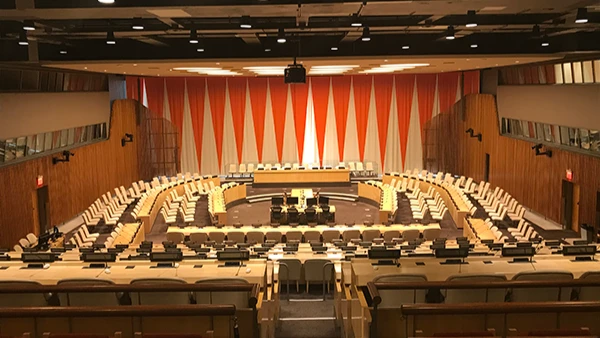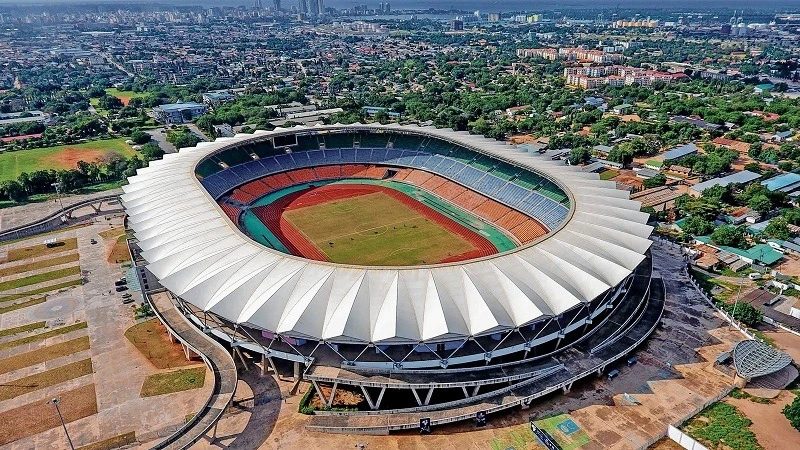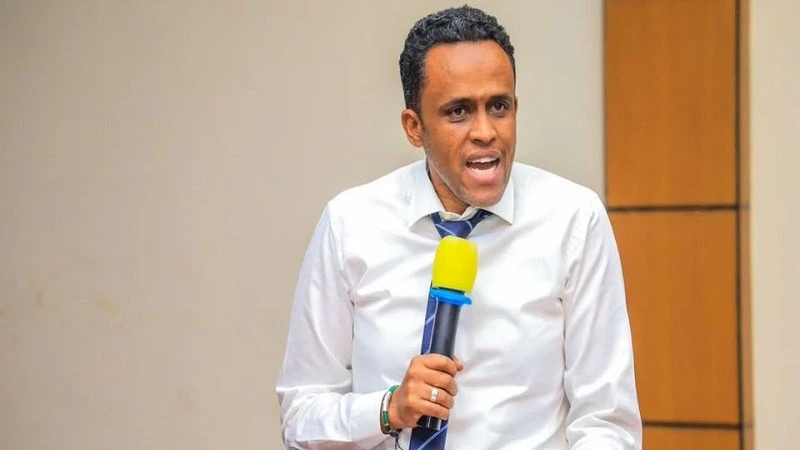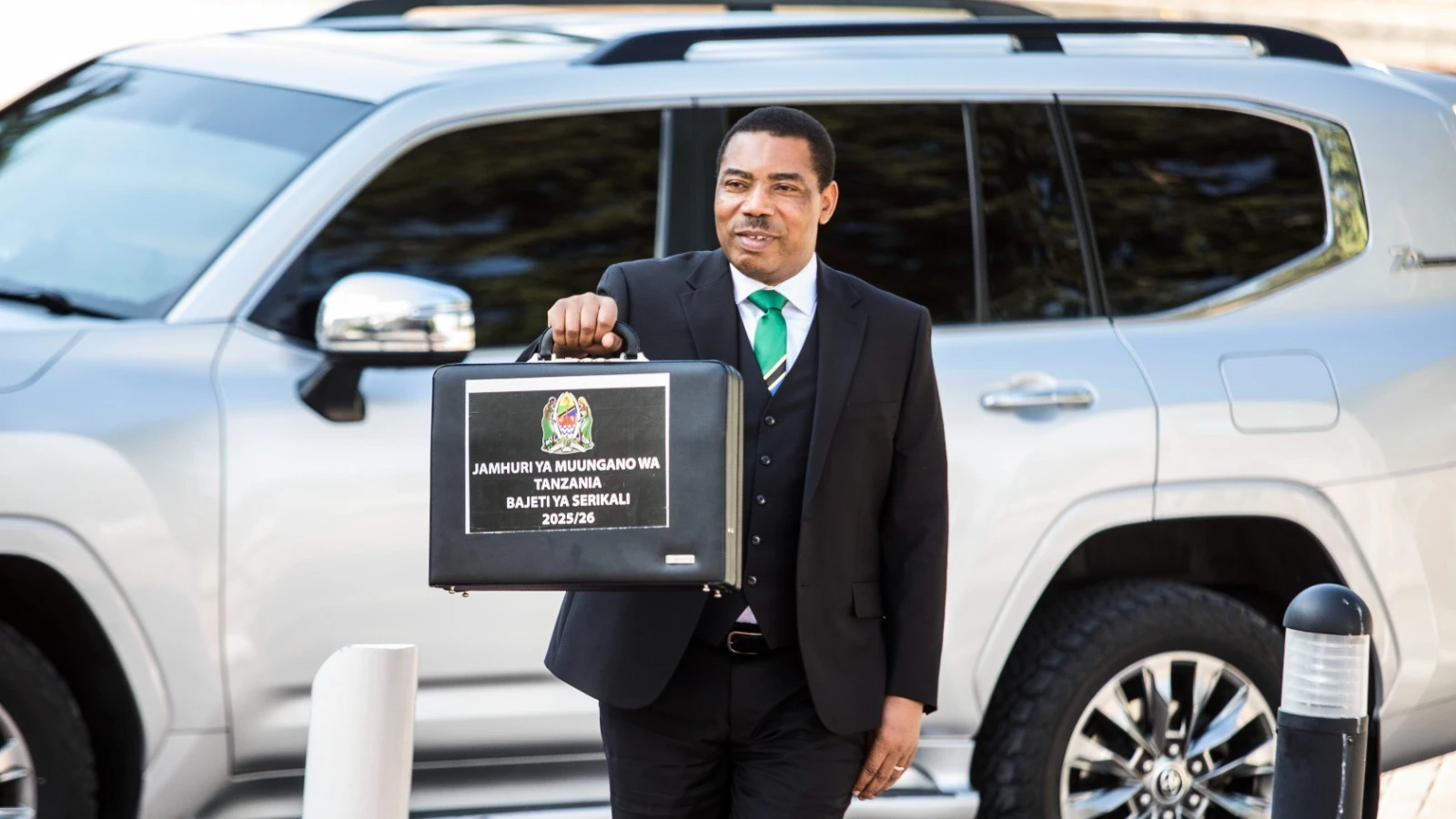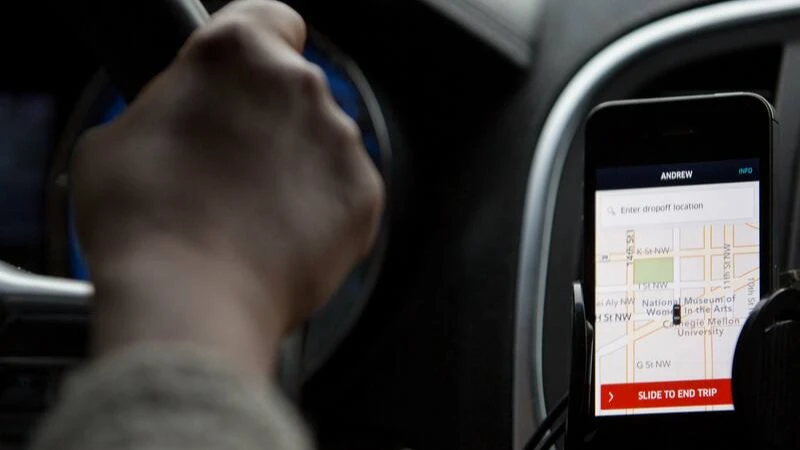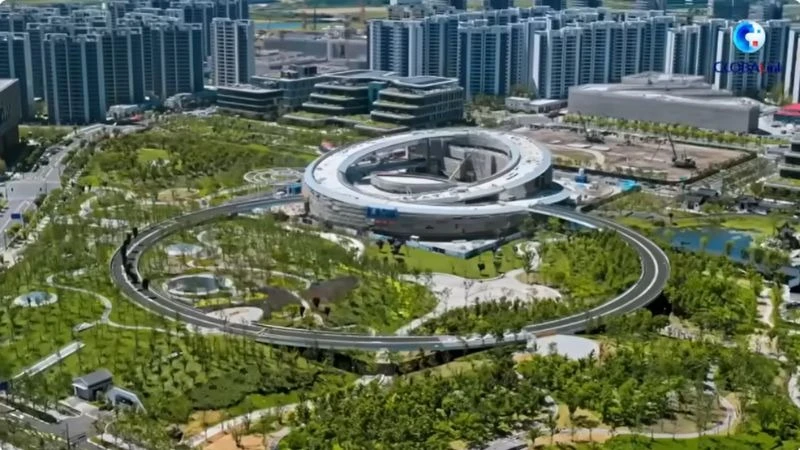President Samia’s bold, timely call to end devastating road carnage crisis
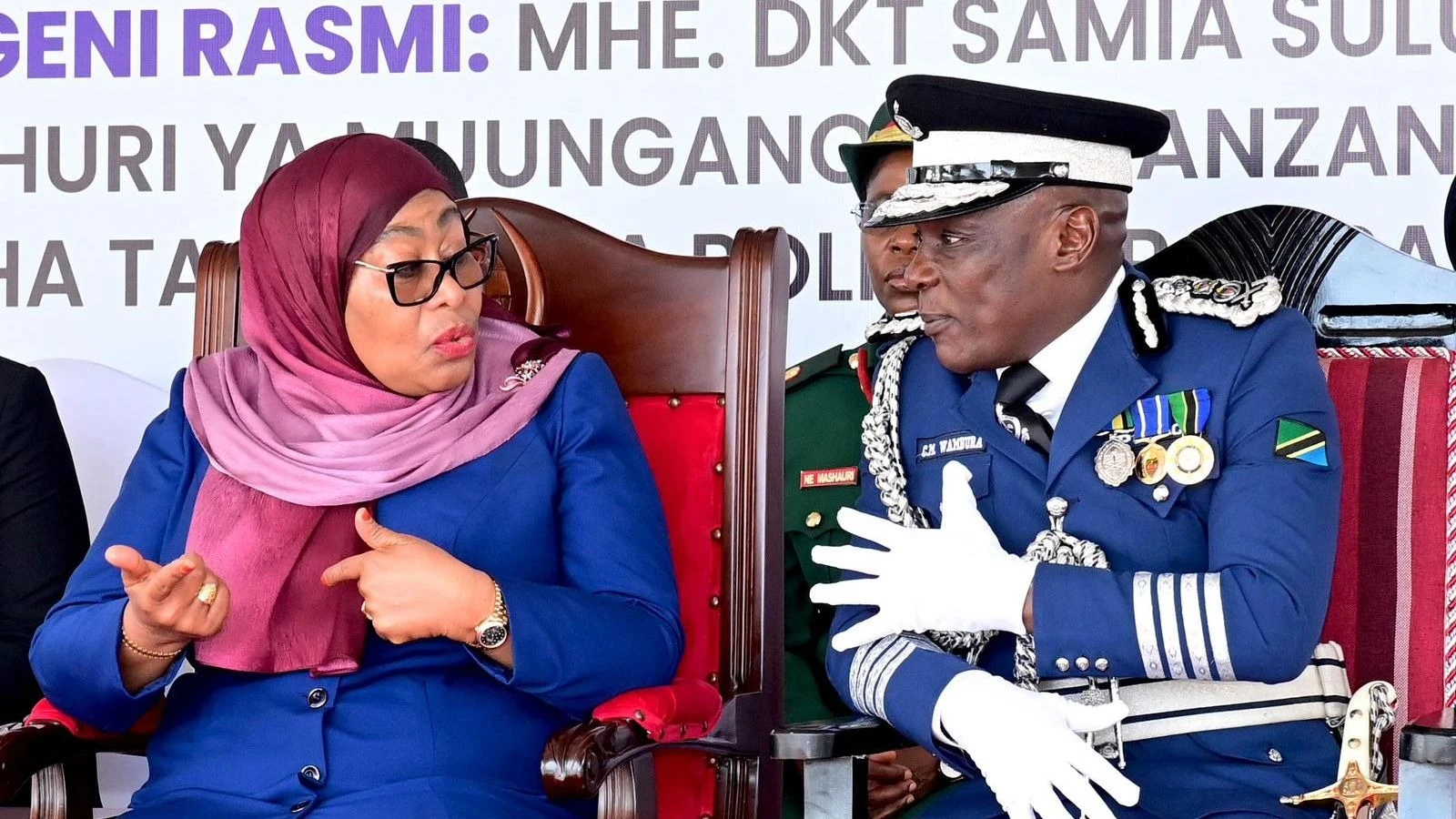
IN Tanzania, the roar of engines too often ends in silence. The country’s roads have become graveyards, and despite visible efforts from the government, the tide of tragedy refuses to turn.
President Samia Suluhu Hassan recently delivered a sobering message during a graduation ceremony for police officers in Dar es Salaam on June 9, 2025. Reflecting on the string of devastating accidents, she issued a clarion call to the police force: to devise a concrete strategy that will finally lay to rest what she termed "the ghost of road accidents" haunting the nation.
This wasn’t rhetoric. Just two days before her speech, a horrific crash in Mbeya claimed 28 lives and left 12 others badly injured when a lorry rammed into another vehicle from behind. That tragedy followed closely on the heels of an earlier accident in Mwanga, Kilimanjaro, on April 3, where eight lives were lost and 41 others wounded.
“I send my heartfelt condolences to all the families who have lost their loved ones in these heartbreaking incidents,” President Samia said. “It is painful that despite our continuous interventions, the number of accidents keeps climbing. There must be something we are missing.”
Between January and April 2025 alone, 1,322 accidents occurred, killing 1,275 people—an alarming 9% rise compared to the same period last year. “Every time we act, the numbers still grow,” she added gravely. “We must reassess. If it’s the roads, let’s redirect development funds to rebuild them. If it's driver negligence, enforce stricter training and licensing.”
Tanzania’s battle with road safety reveals a tangled web of poor infrastructure, outdated roads, overworked drivers, and inadequate enforcement. According to the Land Transport Regulatory Authority (Latra), the major culprits behind the relentless accidents are excessive speeding, reckless driving, worn-out roads, and—critically—driver fatigue.
“Of the 15 accidents we investigated last month, eight happened during the early morning hours,” noted Latra’s Quality Assurance Officer, Japhet Kabelege, during a media training organised by TRSJNET and TAMHJO. “Fatigue and reckless behaviour played a major role. It’s a ticking time bomb.”
On October 8, 2024, at the notoriously sharp corners of Kishoju Road, a speeding motorcycle collided with a truck, killing five. Among the dead was a 30-year-old school employee. “These corners are treacherous,” said Dr Brighton Katabaro, a local school owner. “We need proper signage. Otherwise, we will keep mourning.”
While government officials, like Minister of Works Innocent Bashungwa, have pledged to act— “Drivers must be extra cautious while we install better road signs”—many believe the response must go deeper.
Technology might hold some answers. Latra is pushing for advanced vehicle tracking systems (VTS) and on-board cameras to monitor passenger numbers, speed, and driver fatigue in real time. Already used in passenger buses, Latra is now advocating to expand these systems to small freight trucks and larger lorries. “This will help us enforce driving limits and monitor behaviour more effectively,” Kabelege affirmed.
But technology alone cannot shoulder the burden of reform. ACP Johansen Kahatano, Director of Road Safety at Latra, emphasised the dire need to reform vehicle inspection systems and mandate rigorous driver training. “It’s time we stop treating driving like a fallback job,” he argued in a UTV interview. “Drivers must go through stringent training programmes before earning their licences. The days of learning by apprenticeship alone are over.”
However, it’s not just about individuals behind the wheel. The roads themselves are part of the problem—some of them built before independence, at a time when Tanzania had a fraction of the vehicles it has today.
Mustafa Mwalongo, Communications Director for the Tanzania Bus Owners Association (TABOA), was blunt in his critique: “Look at Mbeya. Most roads are narrow and were built during the colonial era. Now we have a massive fleet, yet we’re still using those same narrow, dangerous roads.” He went on to cite blackspots like Mbalizi, Meta, and the treacherous Inyala hill: “Some of these roads don’t even have lay-bys. If a vehicle breaks down, it causes a jam or worse—a fatal collision.”
Mwalongo added that traffic fines are not a meaningful deterrent. “People assume passengers pressure drivers into reckless actions. That’s outdated. Today, we have monitoring devices that track every move a driver makes. If a bus speeds, the driver’s licence is downgraded or suspended altogether.”
He passionately urged drivers to reconsider the human cost of poor judgment: “Before overtaking, ask yourself—am I risking the lives of an entire family? Am I prepared to live with that?”
One radical suggestion has emerged: restricting lorries to travel only during specific times—either day or night—to ease congestion and reduce accidents. “Some transport companies have fleets of over 700 trucks on the road at once,” said Mwalongo. “That’s unsustainable. We need dedicated lanes for freight.”
Another layer of the crisis lies in the outdated skills of older drivers. “Many old-school drivers trained on vehicles like Leyland and Scania,” Mwalongo explained. “They can’t handle modern buses like Yutong or Higer without retraining. These new vehicles are more complex—they require technical knowledge of air conditioning systems, automatic doors, and digital dashboards. That takes proper schooling.”
The bigger picture is even more sobering. According to the 2023 WHO Global Status Report, road crashes claimed 1.19 million lives globally in 2021, with Africa, despite owning less than 1% of the world’s vehicles, bearing 19% of that toll. Tanzania, where just 32% of national roads and a mere 2% of local roads are paved, stands on a dangerous edge.
But there’s a path forward. Rwanda has sharply cut road deaths through tough enforcement, public education, and speed-control tools like cameras and bumps. South Africa has upgraded its road systems and embraced tech-driven traffic management. These aren't luxuries—they're life-saving basics.
Tanzania must do the same: clearer signage, wider roads, overtaking lanes, and reflective markers. It’s not just about vehicles—it’s about people. Pedestrians, passengers, and families all depend on safer roads.
Meeting the UN’s goal to halve traffic deaths by 2030 will take more than policies. It demands stronger laws, modern roads, smarter enforcement—and a cultural shift in how we treat road safety. This is no longer just a transport issue; it’s a human one.
Because behind every number is a name. A child is waiting at home. A parent is working late. A young man is riding to school. These aren’t just statistics. They’re lives—and they deserve better roads, better policies, and better protection.
Fixing roads and adding speed cameras is a start, but it’s not enough to stop Tanzania’s road tragedies. What matters is changing how we all see road safety, from leaders to everyday drivers. Honest enforcement and tackling corruption that lets unsafe vehicles and careless drivers off the hook are key. Without facing these deeper issues, the pain on our roads will continue.
Once, the late President John Magufuli drew a hard line on road carnage—pledging to sack any regional police commander whose area saw repeated fatal crashes. It was a clear stance: leadership had to mean accountability. But after his passing, that fire dimmed. The urgency to protect lives seems to have faded with him.
What Tanzania needs now is a serious reset. One built on truth, technology, and transparency. From stricter driver training to real-time fatigue checks, from widening risky roads to regulating truck movement hours—none of it will stick if corruption still shadows the system.
Lives are being lost. Real people, not statistics. A parent, a student, a worker. And until we act decisively—until every driver respects the road and every officer upholds the law—mourning will continue. The question isn't Can we fix this. It’s, shall we?
Top Headlines
© 2025 IPPMEDIA.COM. ALL RIGHTS RESERVED


